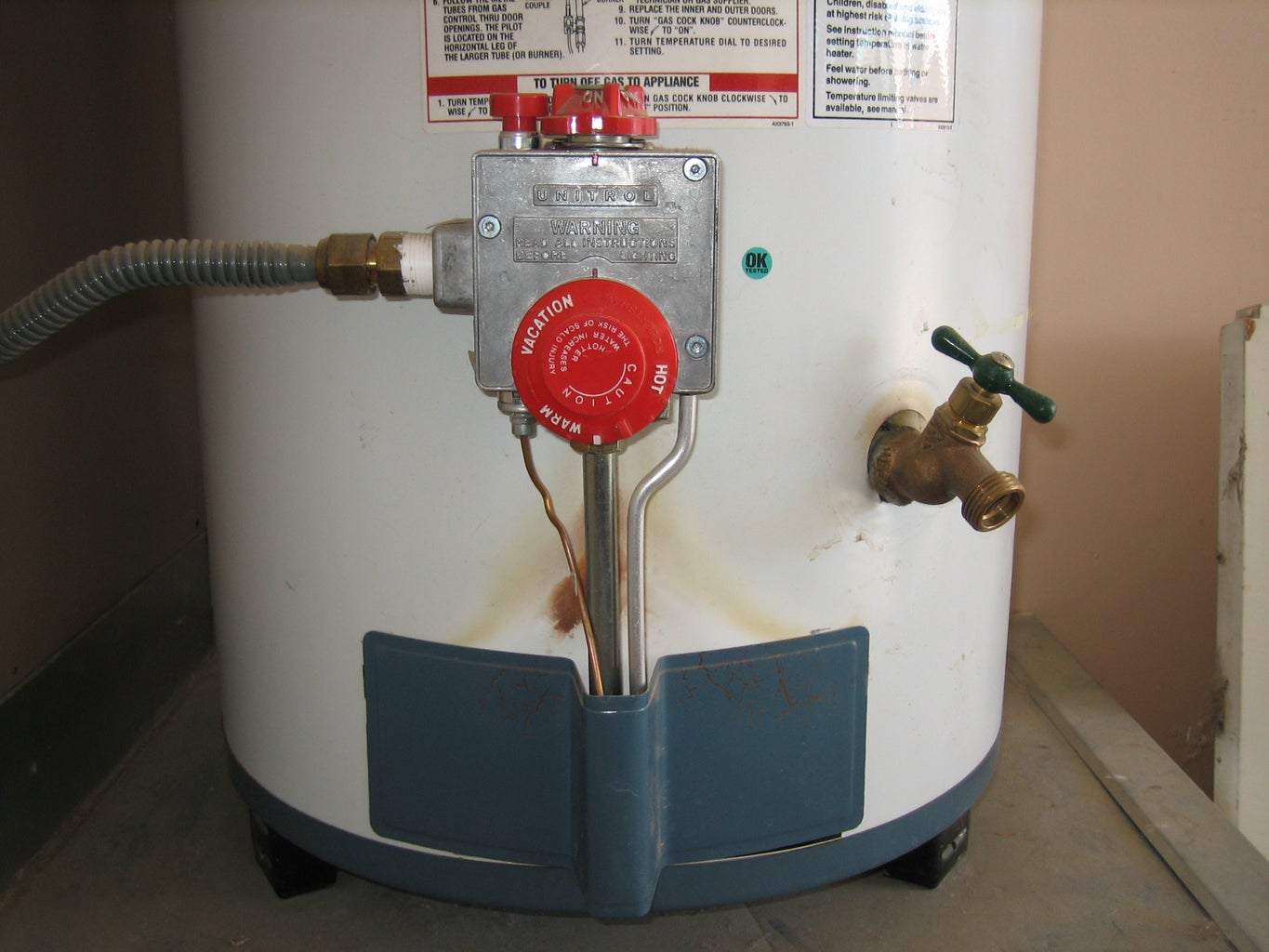Expert Guidance on Maintaining Your Home's Hot Water SystemSpecialist Guidance for Maintaining Your Home's Hot Water System
Expert Guidance on Maintaining Your Home's Hot Water SystemSpecialist Guidance for Maintaining Your Home's Hot Water System
Blog Article
Everyone will have their unique theory involving How to Maintain Your Water Heater & Prolong its Life.

Warm water is crucial for day-to-day convenience, whether it's for a rejuvenating shower or washing recipes. To guarantee your hot water system runs efficiently and lasts much longer, routine maintenance is essential. This short article provides useful tips and understandings on exactly how to maintain your home's warm water system to prevent disruptions and pricey repair services.
Introduction
Keeping your home's warm water system could appear difficult, but with a couple of easy steps, you can guarantee it operates efficiently for years ahead. This guide covers every little thing from understanding your warm water system to DIY upkeep ideas and knowing when to call specialist assistance.
Significance of Maintaining Your Warm Water System
Routine upkeep not just extends the life expectancy of your warm water system however also guarantees it runs effectively. Neglecting maintenance can bring about decreased performance, greater energy bills, and also premature failing of the system.
Indications Your Warm Water System Needs Upkeep
Recognizing when your warm water system needs focus can prevent significant concerns. Look out for indications such as irregular water temperature, odd sounds from the heating system, or rustic water.
Flushing the Water Heater
Purging your water heater gets rid of sediment build-up, improving effectiveness and lengthening its life.
Checking and Replacing Anode Rods
Anode poles prevent rust inside the container. Inspecting and replacing them when worn is critical.
Complex Problems Needing Expert Aid
Instances include major leakages, electrical problems, or if your water heater is continually underperforming.
Routine Expert Upkeep Benefits
Professional upkeep can consist of comprehensive assessments, tune-ups, and making certain compliance with safety standards.
Examining and Adjusting Temperature Setups
Readjusting the temperature settings guarantees optimum performance and security.
Do It Yourself Tips for Upkeep
You can carry out a number of upkeep jobs on your own to maintain your warm water system in leading problem.
Looking for Leakages
Regularly evaluate pipes and connections for leaks, as these can result in water damage and greater costs.
Understanding Your Hot Water System
Prior to diving right into upkeep tasks, it's useful to understand the standard parts of your warm water system. Typically, this consists of the hot water heater itself, pipelines, anode rods, and temperature controls.
Month-to-month Upkeep Tasks
Normal month-to-month checks can help catch minor issues before they intensify.
Testing Pressure Alleviation Valves
Examining the stress safety valve guarantees it works correctly and avoids excessive pressure accumulation.
Insulating Pipes
Insulating hot water pipes reduces heat loss and can save energy.
When to Call a Specialist
While DIY upkeep is useful, some problems require professional expertise.
Verdict
Routine maintenance of your home's hot water system is vital for effectiveness, durability, and expense savings. By complying with these suggestions and understanding when to seek professional aid, you can make sure a reputable supply of warm water without unanticipated disruptions.
How to Maintain an Instant Hot Water Heater
Before tinkering with your hot water heater, make sure that it’s not powered on. You also have to turn off the main circuit breaker and shut off the main gas line to prevent accidents. Also turn off the water valves connected to your unit to prevent water from flowing into and out of the appliance. 2. When you’re done, you have to detach the purge valves’ caps. These look like the letter “T” and are situated on either side of the water valves. Doing so will release any pressure that has accumulated inside the valves while at the same time avoid hot water from shooting out and burning your skin. 3. When the purge valves’ caps are removed, you have to connect your hosing lines to the valves. Your unit should have come with three hoses but if it didn’t, you can purchase these things from any hardware or home repair shops. You can also get them from retail stores that sell water heating systems. Read the user’s manual and follow it to complete this task properly. When the hosing lines are connected, open the purge port’s valves. 4. You should never use harsh chemical cleaners or solutions when cleaning your unit. Make use of white vinegar instead. It should be undiluted and you’ll probably use about 2 gallons. 5. Now flush your water heater. This task should probably take about 40 minutes. We can’t give you specific directions for this because the procedure is carried out depending on the type, model and brand of your heater. With that being said, refer to the user’s manual. 6. When you’re done draining the unit, you have to turn off the purge port valves again. Remove the hosing lines that you earlier installed on each of the water valves. Put the valve caps (purge port) back in their respective places and be very careful so as not to damage the rubber discs that are found inside these caps. 7. Now that everything’s back in place, check your user’s manual again to find out how to reactivate your water heating system. 8. Once it is working, turn one of your hot water faucets on just to let air pass through the heater’s water supply pipes. Leave the tap on until water flows smoothly out of it. https://www.orrplumbing.com/blog/2014/september/how-to-maintain-an-instant-hot-water-heater/

We were shown that report on How to Maintain Your Water Heater & Prolong its Life through someone on our other web page. Feel free to take a moment to promote this blog posting if you enjoyed reading it. Many thanks for your time. Revisit us soon.
Automated Marketing Report this page